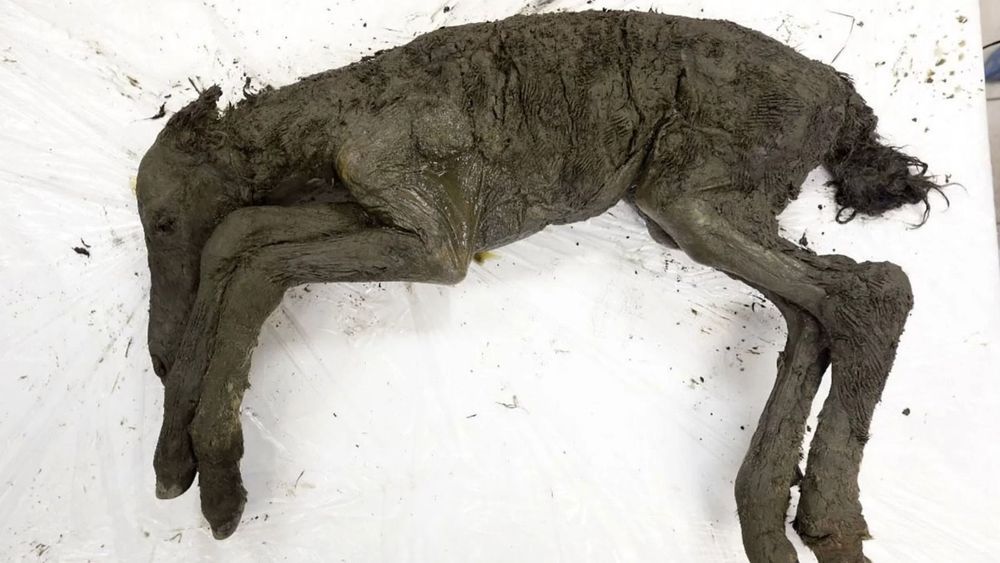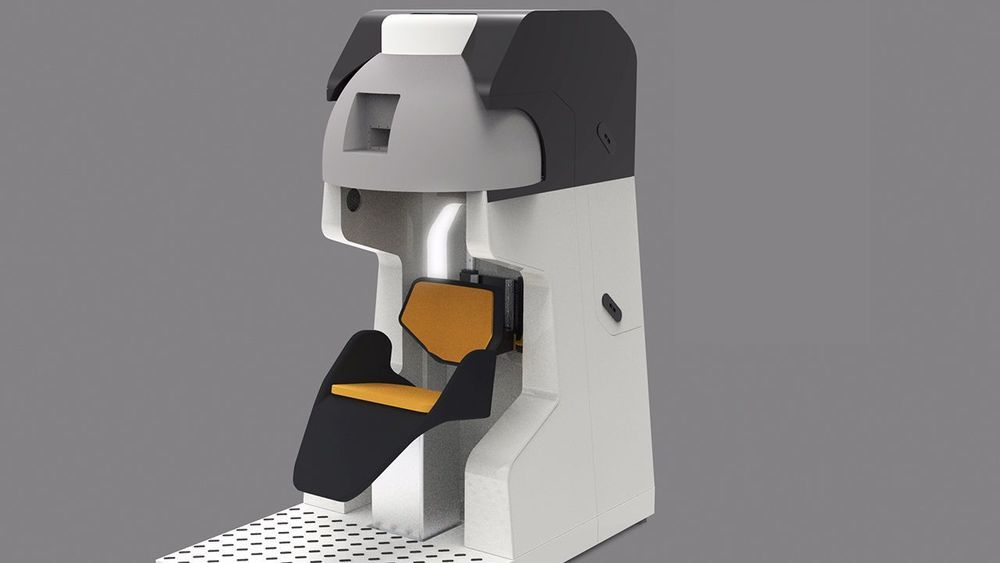Scientists in the Yakutsk region of Siberia have managed to extract samples of liquid blood from a 42,000-year-old foal that was found embedded in permafrost back in 2018. The scientists are hoping to collect viable cells for the purpose of cloning the extinct species of horse.
The male foal was discovered in the Batagaika depression on August 11, 2018. Permafrost left the remains in remarkably good shape, raising hopes that its cells could be extracted. The specimen is thought to belong to an extinct species of horse known as Lenskaya breed (also known as the Lena horse), as the Siberian Times reported last year.








